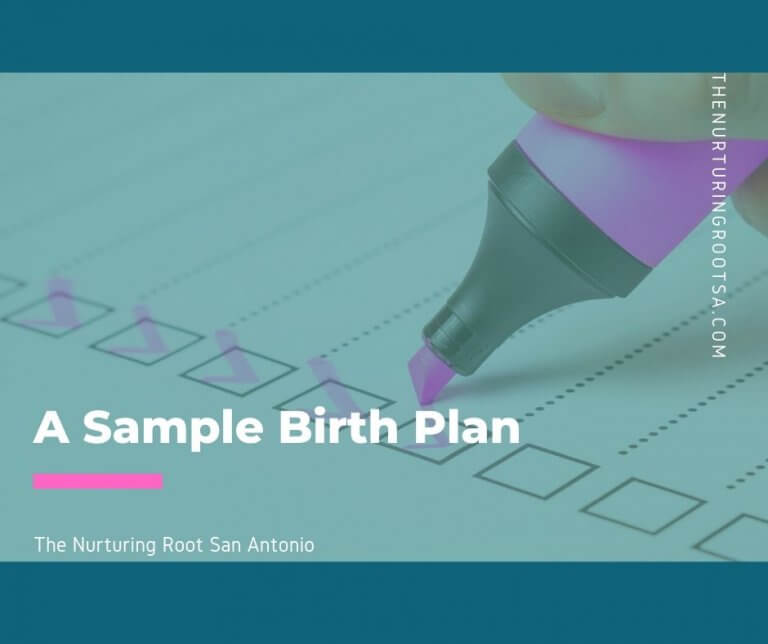Birth Trends & COVID-19 Pandemic
Many expectant couples are facing a decision that is changing the way they envision their births unfolding. Deciding between continuing through with their original hospital birth or beginning to shift their mind to a planned homebirth is at the forefront of many couples’ minds these days. As hospital protocols are shifting and units are becoming…






